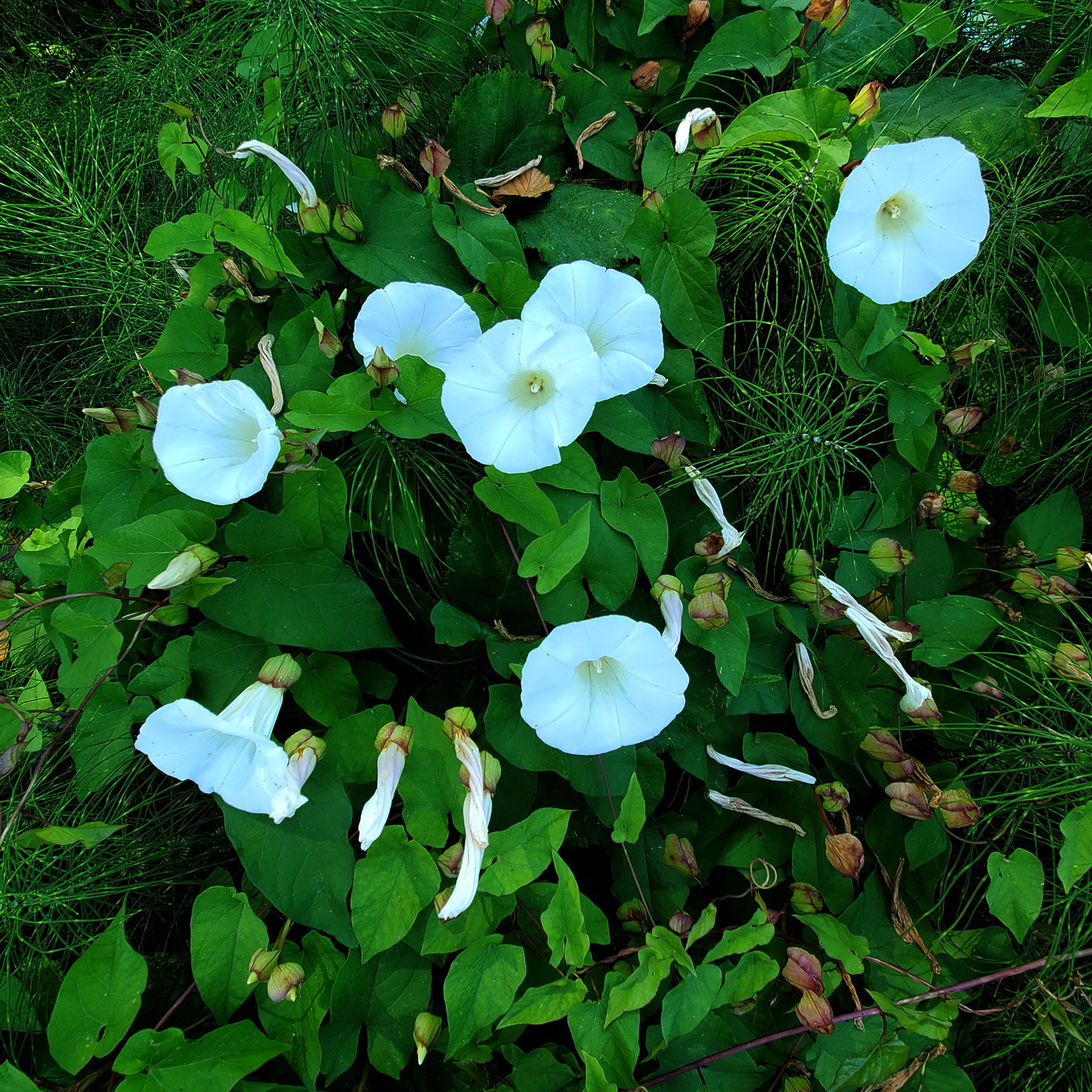As I fight my way through tall vegetation removing masses of Hedge Bindweed, I also pull out any Stinging Nettle I come across. In working to contain patches of bindweed, I’m often groping around the base of shrubs and other plants to get the bindweed vines where they emerge from the ground. Doing this where nettles are growing risks getting a face full of stings. No thanks. I’d rather pull the nettles even if they may be native to our region. Furthermore, because bindweed vines are often wrapped around nettles, pulling the nettles also gets out a lot of bindweed.
There’s quite a bit of Stinging Nettle in the city park where I help with forest restoration, and I have been trying to find out if it is the type that is native to the Pacific Northwest. This hasn’t been as straightforward as I might have thought.
In his book Northwest Weeds, Ronald Taylor writes, “For all but the wild plant gourmet, stinging nettle has to be one of the most disliked of all plants.” Taylor doesn’t explain whether “wild” means “native” or just “naturalized” but Stinging Nettle is indeed edible if its stinging hairs are disarmed. I remember one time watching Charlie Vogelheim, Program Manager for Forterra, carefully folding a nettle leaf so that its underside was inside the fold and popping it in his mouth for a snack. I do not recommend this practice, and I haven’t tried the technique myself, but I have noticed one thing — the nettles in the park where I volunteer don’t sting me when I touch just the tops of their leaves. That observation may mean they belong to the variety that is native to our region.
According to the Washington Native Plant Society (WNPS), the leaves of the non-native Stinging Nettle, Urtica dioica ssp. dioica, have stinging hairs on both lower and upper surfaces, whereas the leaves of the native variant, Urtica dioica ssp. gracilis, have “stinging hairs on the lower side of the leaves and non-stinging hairs along the veins.” The WNPS description doesn’t state explicitly that the native variant lacks stinging hairs on the top of the leaves, but that seems to be the inference.
I don’t have the botanical skills to figure out the other differences between the native and non-native subspecies, so for now, I am affording the nettles the benefit of the doubt and assuming they are native. For that reason, I don’t ordinarily pull them — except when they are growing in patches of Hedge Bindweed. And frankly, I’m not too worried about offending the local wild plant gourmets with this practice, because it has made absolutely no discernible dent in the Stinging Nettle population.
